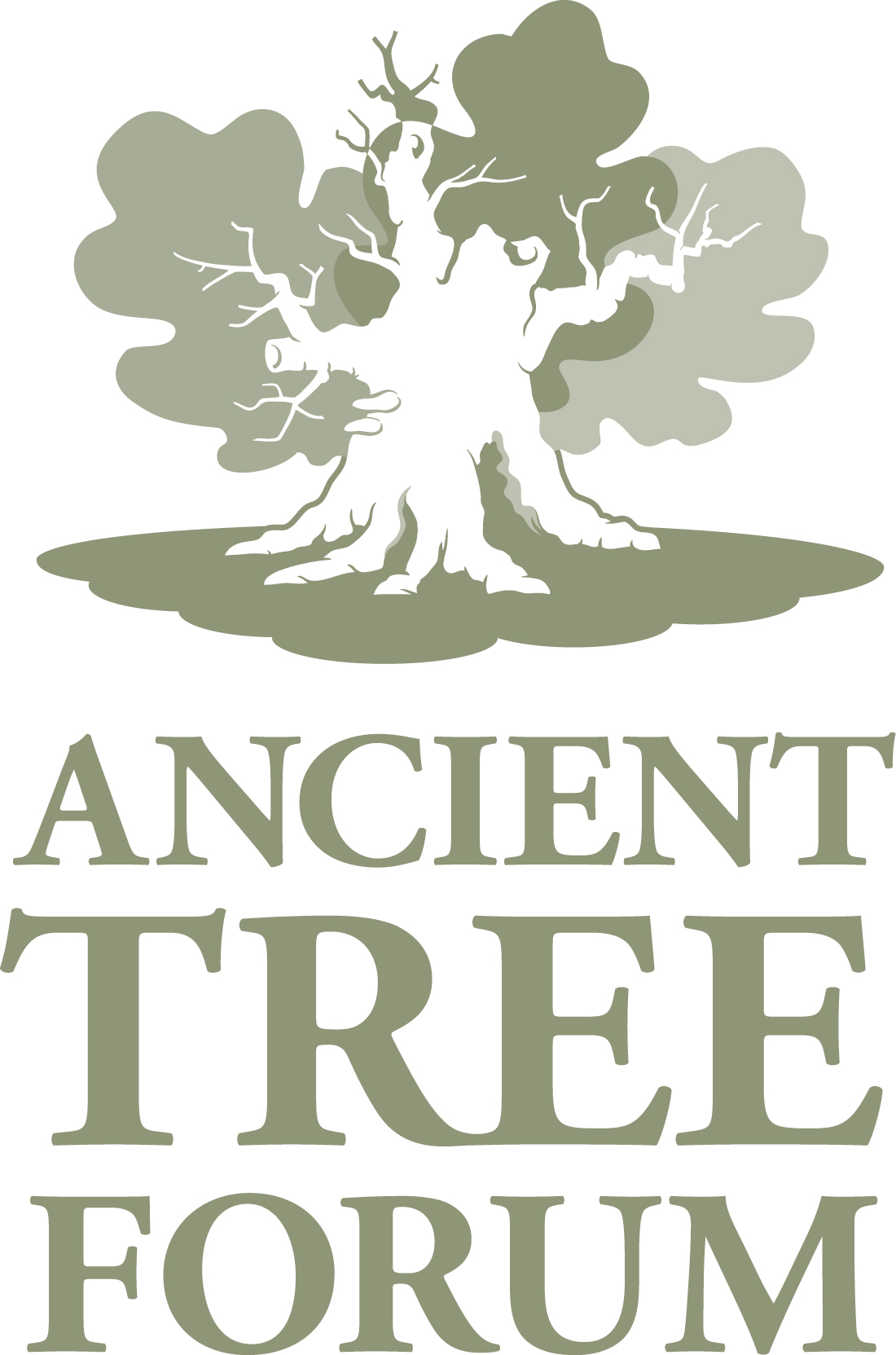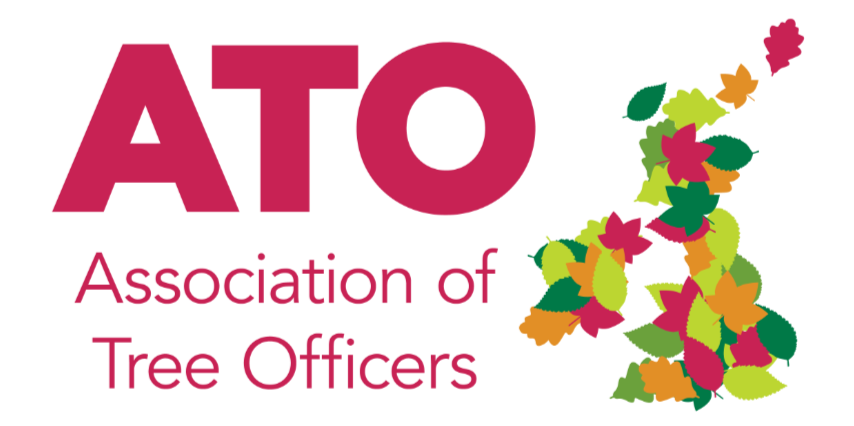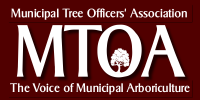The Arboricultural Association and it’s cross-sector partners have received a response to the concerns raised about the England tree strategy consultation.
Download the letter
You can read the original article and letter to Lord Goldsmith below.
Cross-sector partners raise concerns about tree strategy consultation
John Parker, Technical Director
The government has launched a consultation which will inform the creation of a new England Tree Strategy, a move which is welcomed by the Arboricultural Association.
We have formed a small working group which will produce a covering letter and a response to be submitted on behalf of the Association, and these documents will be shared with members in advance of the consultation closing date of 11 September so that they can use it in their own responses, should they want to. We would encourage as many members to participate in this process as possible.
One early concern raised by the working group was that the consultation framework itself – largely a series of multiple-choice questions – is not designed in such a way that will allow useful feedback to be submitted for consideration by government. The England Tree Strategy has the potential to be an important and valuable document for years to come, and it is essential that this opportunity to promote the importance of arboriculture, arboricultural professionals and urban trees is not lost simply because we are unable to give the necessary feedback within the consultation framework provided.
In order to raise this concern at the highest possible level, on 22 July the Association wrote to Lord Goldsmith to outline our concerns about the process and request a meeting to discuss this matter further. This letter was endorsed and signed by a wide range of other groups and organisations, and we will be seeking to continue this collaborative approach as we move through the consultation process. The letter itself appears herein, and we will ensure that any response we receive from government is posted on our website.
Organisations offering their support to the letter currently include:

Daniel Cook
Chief Executive Officer

Sue James & Keith Sacre
Trustee Representatives

Laura Adcock-Furguson
Chief Executive Officer

Colleen O’Sullivan
Vice Chair

Richard Edwards
Director

Andrew Allison
Chair

Prof. John Moverley, OBE
Independent Chairman

Andrew Fisher Tomlin
Director

Robert Huxford
Director

Matthew Carmona
Chair
Defra press release announcing consultation
Plans to accelerate tree planting and improve the management of our existing trees and woodlands are underway as the government launches a consultation which will inform a new England Tree Strategy.
Everyone – from farmers, foresters and land managers, experts and environmental organisations, to members of the public – is being invited to give their views on the future creation and management of our trees, woodlands and forests.
Subject to consultation, the new strategy will set out policies to expand tree cover, support woodland management and increase public engagement with trees and woodlands. It will help ensure the government’s tree planting commitment – to increase tree planting to 30,000 hectares per year across the UK by 2025 –– is delivered, working closely with the devolved administrations, communities and landowners to do so.
The government is asking for views on:
- how to expand, protect and improve our public and private trees and woodlands;
- the increased role that trees and woodlands can play in supporting the economy;
- how best to further connect people to nature; and
- the most effective way in which trees and woodlands can be created and managed to help combat climate change.
By growing, protecting and restoring our trees, forests and woodlands we can help reduce carbon emissions, encourage biodiversity and nature recovery, grow our sustainable timber market, and improve people’s health and wellbeing.
Launching the consultation, Forestry Minister Lord Goldsmith, said:
“In many ways the coronavirus pandemic has shone a light on the importance of nature. Growing and protecting our nation’s forests will be an integral part of our recovery, and the England Tree Strategy will give us the tools to do this.
“This consultation will help inform a keystone strategy which will be vital for helping us deliver the government’s tree planting commitment, our commitment to the recovery of nature and reaching net zero emissions by 2050. But, we need input from the sector and public. I encourage everyone to give their views to design a tree strategy that delivers the maximum benefits for our environment for generations to come.”
In the March Budget, Defra welcomed the new Nature for Climate Fund from HM Treasury. The England Tree Strategy will help inform how elements of this £640million fund will be used to deliver against the manifesto tree planting commitments, alongside peatland restoration and wider nature recovery.
The consultation period is due to conclude in on 11 September 2020. Subject to review, the England Tree Strategy will be published later in the year.
The consultation document and supporting material are available at: consult.defra.gov.uk/forestry/england-tree-strategy/
Key areas for consultation:
1. Expanding and connecting trees and woodlands by:
- increasing the supply of planting material, the size of the forestry workforce and encouraging collective agreement from stakeholders to obtain widespread support for woodland creation;
- providing farmers and other landowners and managers with the right incentives through improving grant funding and simplified application processes;
- working with partners to increase tree cover across public land;
- encouraging private investment in woodland creation by helping to develop the market for the ecosystem services generated as trees grow; and
- expanding tree and woodland cover to contribute to the Nature Recovery Network, which aims to create or restore 500,000 hectares of wildlife-rich habitat.
2. Protecting and improving our trees and woodlands by:
- building the capacity of the domestic UK nursery sector to ensure planting stock is bio-secure and from a known provenance;
- reducing damage to woodlands through the sustainable management of invasive species;
- stronger protection for ancient woodland sites, building on newly proposed measures of the Environment Bill which give communities a greater say in the protection of local trees;
- increasing the percentage of woodlands in active management; and
- adapting treescapes and woodlands to the future climate and maximising the benefits they can provide to support adaptation measures, such as natural flood management and helping improve the resilience of wildlife.
3. Engaging people with trees and woodland by:
- providing more and better-quality green infrastructure - including in urban areas – to make towns and cities attractive places to live and work and bring about long-term improvements in people’s health;
- supporting Community Forests to create new woodlands and facilitate access to existing woodlands; and
- closer engagement with the education and health sectors, developing skills and expertise in the forestry sector to support health programmes through social prescribing.
4. Supporting the economy by:
- growing the market for wood products, and supporting and upskilling farmers and land managers to add trees to their business;
- supporting the sustainable timber industry and increasing the use of all domestic forest products including timber and forest biomass for energy; and
- designing grants and clearer policy to increase the uptake of agroforestry.